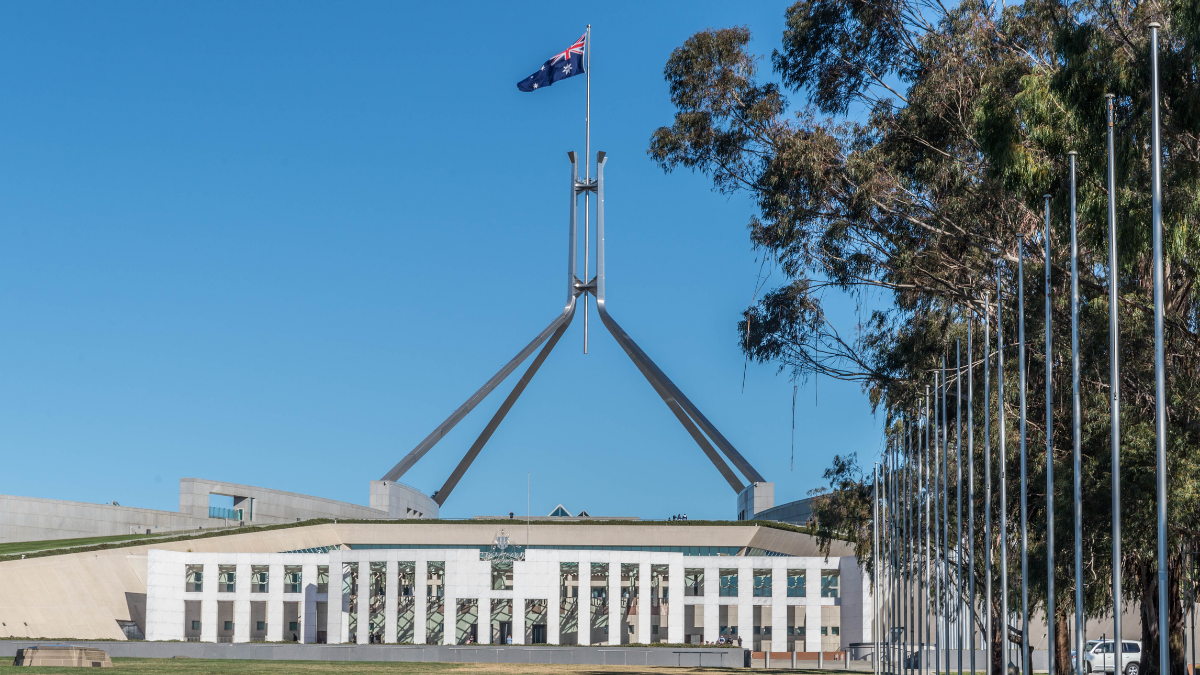Employee share scheme (ESS) legislation is set to be reformed in parliament, making it easier for employees who have issued shares to leave their jobs without facing a huge tax burden and allowing startups and small businesses to provide equity to employees.
The move by the government is intended to simplify the current legal framework and widen existing exemptions. Employees are currently liable for taxes when they leave the company, when constraints on the sale of stock are lifted, or 15 years after the stock was issued to them.
“Our Employee Share Scheme reforms complement other tax measures to boost investment [and] drive innovation, securing our economic recovery,” Treasurer Josh Frydenberg said in a tweet.
The new rules, announced this week by the Treasurer, will change how employees are taxed on shares acquired through ESS. Employees who are awarded shares or options will no longer be taxed if they leave their job, which can encourage them to start their own business and contribute to the startup ecosystem.
What’s an Employee share scheme?
Employee Share Schemes are a means by which an employer can offer an employee shares or options in relation to their employment. Share schemes are used by businesses to attract, retain, and motivate employees.
They also align employee and shareholder interests. Ordinary shares, which provide equity ownership in the company, are often issued by larger companies.
Employees in a smaller company may get dividends, but they do not get additional shareholder rights, such as voting rights at the annual general meeting.
What are the benefits of ESS for businesses?
Employee share plans can be useful for cash-strapped businesses that are unable to compete with the salaries offered by bigger companies. Additionally, providing equity in a company might result in a more engaged staff.
Dominic Woolrych, CEO of Lawpath, introduced an Employee Share Plan two years ago and has found it to be critical in terms of employee engagement and attrition.
“We introduced an Employee Share Plan 24 months ago to all our employees and found it has been extremely helpful in increasing employee engagement and attrition. Hopefully the new changes will see more businesses be able to offer Employee Equity Plans and reap the benefits.”
“The changes to the Employee Share Scheme Rules are a positive move for Australia’s startup and business community. We are familiar with the Employee Share Scheme space having been involved with the legislative changes in 2015 and through our ‘Easy ESS’ software being provided on the Australian Tax Office website.
“We help 1000’s of startups and businesses each year set up and maintain their Share Plans. What we have seen through this is that the process and rules are complex and ambiguous.
“Even despite the government’s previous efforts to standardise the process for businesses to apply and uphold a share or option scheme, to roll out the scheme and keep it compliant, requires ongoing lawyers and accountants, which is costly for new startups and small businesses,” he said.
Dominic also stated that businesses spend an average of $3K – $5K each year to maintain compliance for their Scheme, which does not include the initial costs to set up the scheme, which can range from $2.5k – $10k.
“Removing the red tape and making it simpler, especially for new businesses to set up these schemes pretty autonomously and quickly, is a big win for our startup community. Especially right now when the talent shortage is real.
“Candidates now want and expect some type of equity incentive plan from employers and it’s an important way to help the team feel like they have skin in the game,” he said.
Keep up to date with our stories on LinkedIn, Twitter, Facebook and Instagram.

